ZOTAC at COMPUTEX 2025: From Handhelds to AI-Ready Rigs
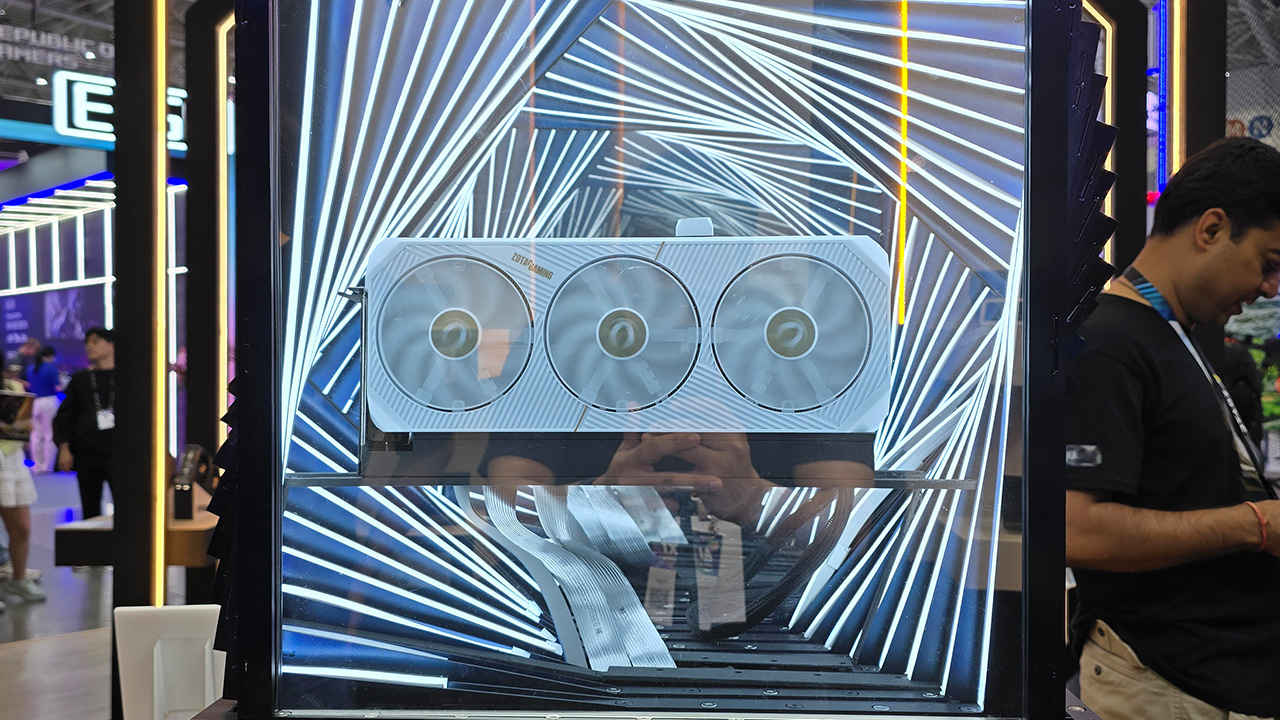
ZOTAC is making sure its presence at COMPUTEX 2025 is felt across the ecosystem. From compact gaming systems to handhelds to enterprise-grade AI solutions, the brand is covering every major base in the hardware space. And yes, there’s a shiny new ArcticStorm RTX 5090 in town too. Here’s everything that ZOTAC unveiled at COMPUTEX this year.
 Survey
SurveyThe RTX 50 Series Gets the ZOTAC Treatment
The new ZOTAC GAMING GeForce RTX 50 Series GPUs, built on NVIDIA’s Blackwell architecture, are front and centre at the booth. As expected, these come packed with AI-centric performance gains, DLSS 4 capabilities, and Studio support for creative workflows. But it’s the cooling that steals the spotlight.
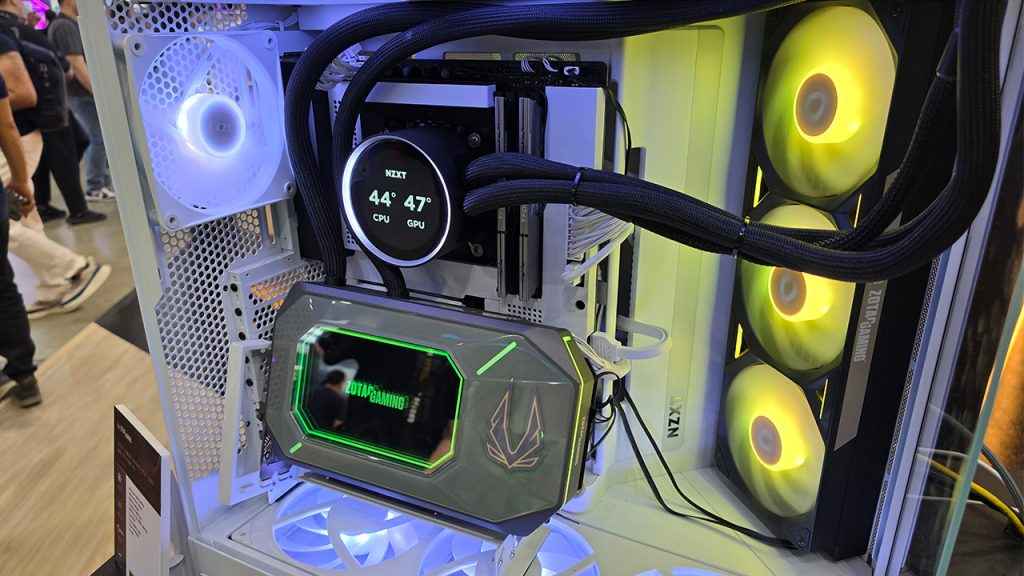
ZOTAC is reviving its ArcticStorm GPU, now in an evolved all-in-one form with a 360 mm radiator and a redesigned Infinity Mirror aesthetic. It’s made for enthusiasts who want their builds both frosty and flashy.
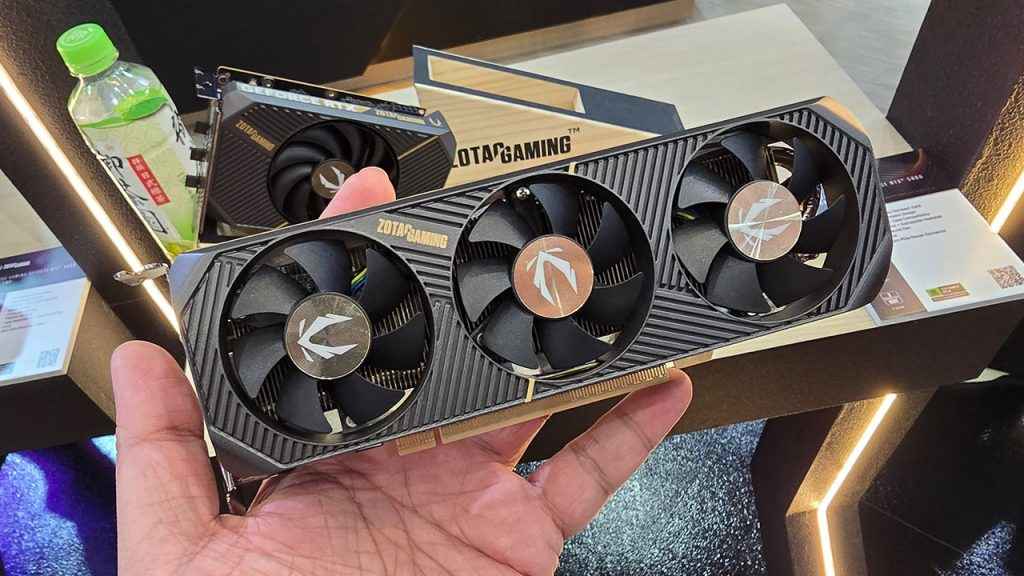
Also on display: a low-profile RTX 50 Series card optimised for ITX builds. Finally, something small-form-factor builders can get excited about without compromising on performance.
ZOTAC GAMING ZONE: Handheld Rebooted
Back again is the ZOTAC GAMING ZONE handheld—now upgraded with AMD’s Ryzen AI 9 HX 370 APU and running a custom Manjaro Linux-based OS. ZOTAC is clearly banking on the handheld PC category expanding beyond just Windows-based gaming, and this move could attract the open-source crowd looking for more flexibility. Whether it’s ready for mainstream adoption is another question, but the prototype looks promising.
ZBOX Mini PCs: Smaller, Smarter, Sharper
ZOTAC’s ZBOX line-up continues its tradition of cramming full-fledged performance into compact chassis. The new MAGNUS series, refreshed C and M series, and expanded PRO and embedded offerings show a strong pivot towards AI-capable designs. First up is the MAGNUS ONE (EU27507TC), dubbed the smallest PC in the world with both a desktop-class Intel Core Ultra 7 CPU and an RTX 5070 Ti, the new MAGNUS ONE fits all this into just 8.48 litres of space. It’s effectively a mini workstation that punches above its weight, ideal for creators or prosumers without the desk real estate for a full tower.
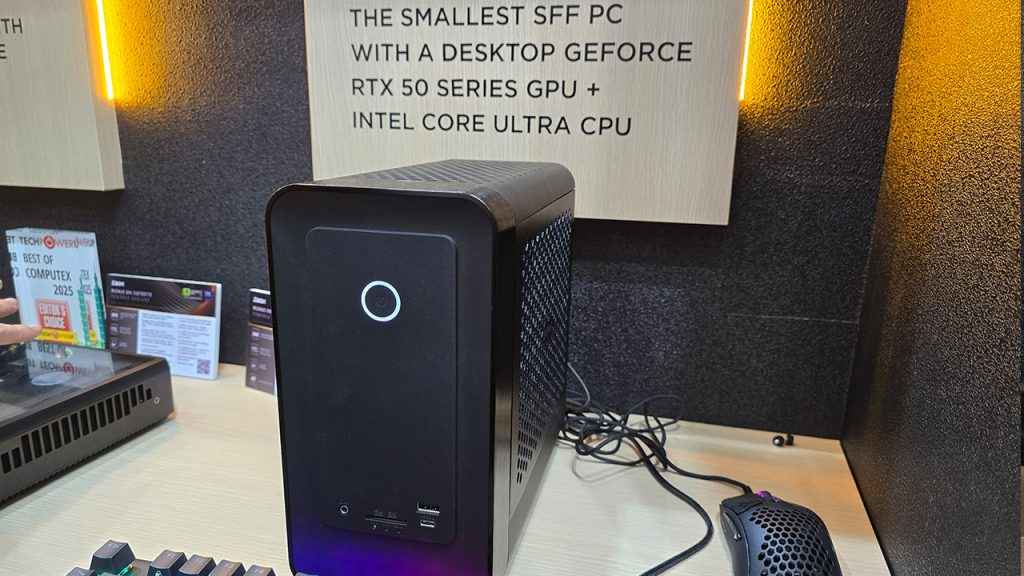
Even more compact at 2.65L, the MAGNUS EN (EN75060TC) pairs an RTX 5060 Ti 16GB with a high-end Intel Core Ultra 7 mobile processor. This one’s geared toward AI enthusiasts and developers, with live demonstrations showing localised LLM (large language model) processing, image generation, and RAG (retrieval augmented generation) workflows. It’s a compelling case for local AI computing that doesn’t need the cloud.
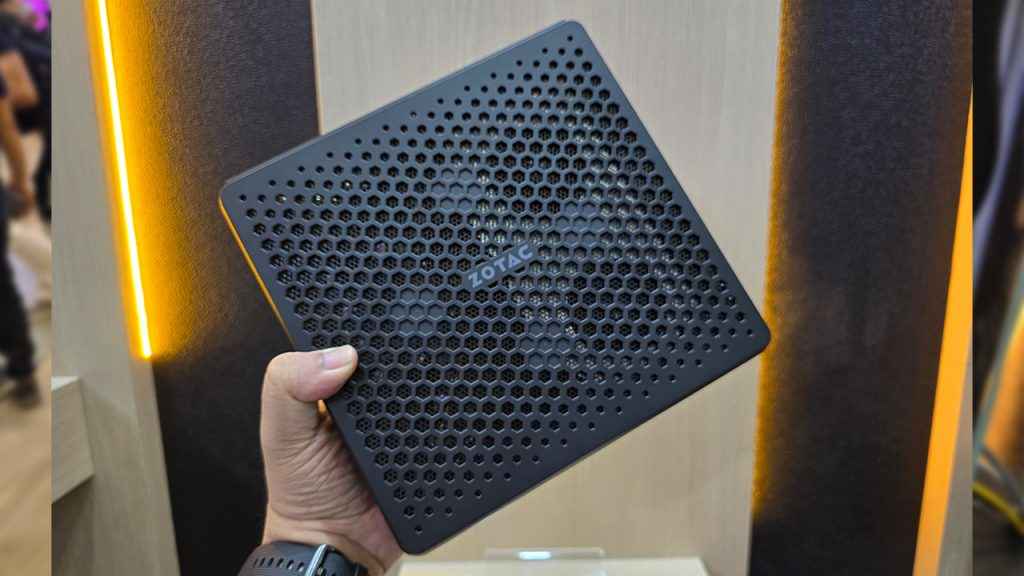
Lastly, targeted at gamers and creative users on a budget, the new MAGNUS EA brings AMD Ryzen AI MAX processors into the mix. Despite its entry-level tag, it features powerful integrated Radeon graphics and maintains the ultra-compact 2.65L design. It’s a credible console replacement for living room setups—or an unobtrusive desktop that still has bite.
C and M Series: Passive and Slim, Yet AI-Ready
The ZBOX C Series gets a fanless refresh with Intel Core Ultra Series 2 chips and NPUs, designed for efficiency and longevity in edge computing and AI inference tasks. The CI675 nano and CI655 nano are highlights here.
Meanwhile, the M Series brings slimline active cooling into play with the edge MI676 and MI656, adding Intel Arc graphics and neural processing capabilities. ZOTAC is aiming these at users who want everyday machines that can handle AI workloads without sucking down power or space.
Embedded and Enterprise
ZOTAC isn’t just playing in the consumer space. Its embedded and enterprise solutions are also stepping up. ZBOX PRO AI BOX are mini PCs which now come equipped with optional AI accelerators from DeepX and Axelera, offering up to 856 TOPS of AI performance in a compact, energy-efficient form factor. They’re designed for edge AI scenarios—think industrial applications, smart cities, and autonomous systems—where low power and fast inference matter more than aesthetics.
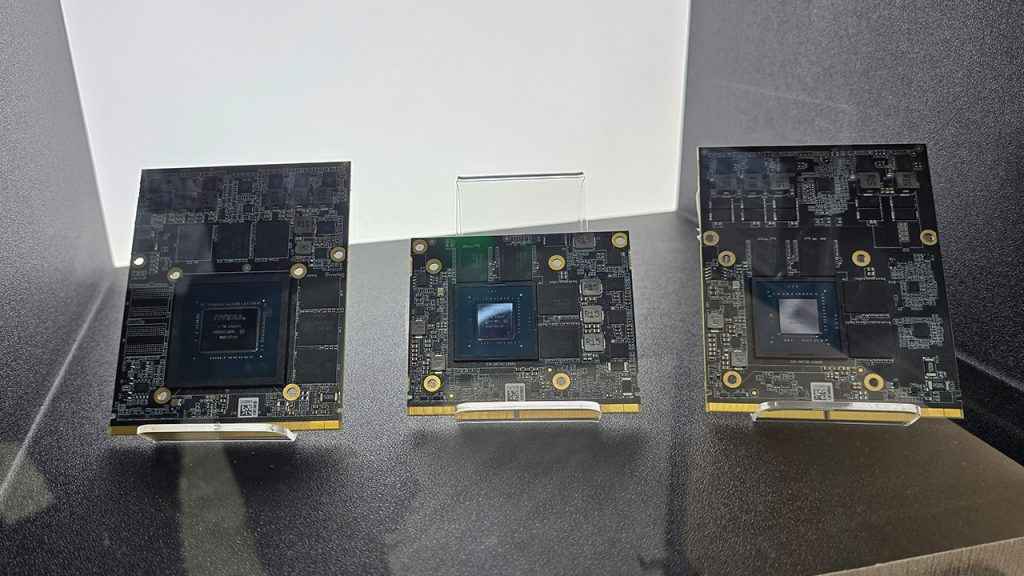
Also on display were four new MXM form factor GPUs based on the NVIDIA Blackwell architecture, bringing massive AI and graphical processing capabilities to embedded hardware. ZOTAC promises long-term availability for developers looking for reliable build-and-deploy cycles.
Availability
While some of the products showcased at COMPUTEX 2025 were prototypes scheduled for market availability in Q3-Q4 2025, we don’t know exactly when they will be coming to India. Most of the graphics cards will be in India at the same time as the global launch.
Mithun Mohandas
Mithun Mohandas is an Indian technology journalist with 14 years of experience covering consumer technology. He is currently employed at Digit in the capacity of a Managing Editor. Mithun has a background in Computer Engineering and was an active member of the IEEE during his college days. He has a penchant for digging deep into unravelling what makes a device tick. If there's a transistor in it, Mithun's probably going to rip it apart till he finds it. At Digit, he covers processors, graphics cards, storage media, displays and networking devices aside from anything developer related. As an avid PC gamer, he prefers RTS and FPS titles, and can be quite competitive in a race to the finish line. He only gets consoles for the exclusives. He can be seen playing Valorant, World of Tanks, HITMAN and the occasional Age of Empires or being the voice behind hundreds of Digit videos. View Full Profile